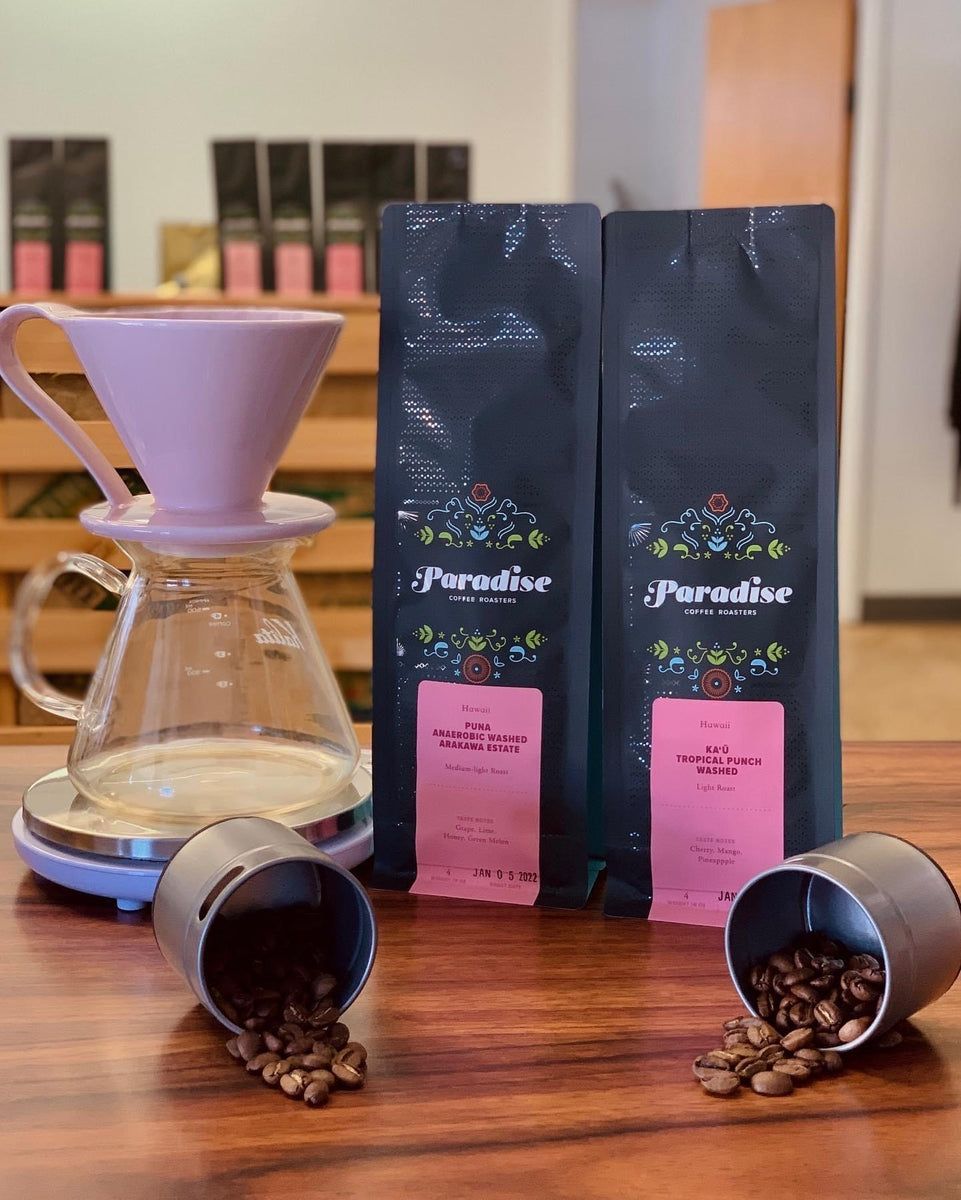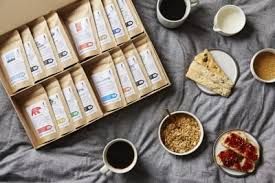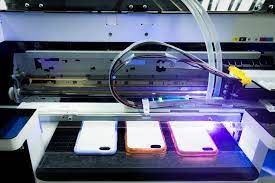The packaging supply chain is dealing with instability and rising costs as it rebounds from the consequences of COVID-19.
For some types of flexible packaging, the typical turnaround time of 3 to 4 weeks could grow to 20 weeks or more. Due to its accessibility, affordability, and protective qualities, flexible packaging is frequently used by coffee roasters and is likely to have an impact on them.
Coffee is a time-sensitive product, therefore any delays could affect the final product’s quality. Additionally, clients want quick turnaround times on their orders, and they might shop around if they experience delays.
Roasters may decide to reevaluate packaging requirements to see if any adjustments are necessary in order to prevent these difficulties. It can be best to modify the printing process for packaging if you want to help end delays and resolve supply chain problems.
For instance, improvements in digital printing have increased its affordability and accessibility. With this printing technique, roasters could benefit from better print quality and quicker turnaround times.
How does printing on packaging affect how long lead times take?
Any business with a long lead time may find it harder to compete in the market.
Long lead periods can be harmful for small firms that sell perishable goods like coffee. Even if the delay has nothing to do with the coffee, roasters run the danger of losing consumers and brand devaluation when supply chain delays start to negatively impact customers.
The next step in creating flexible packaging is typically printing, and both of these processes are experiencing significant delays and price hikes.
Notably, there are delays in the raw materials required to make printing inks based on petrochemicals and vegetable oil.
Additionally, the cost of UV curable, polyurethane, and acrylic resins and solvents is rising — by an average of 82% for solvents and 36% for resins and related materials.
But bigger coffee roasters might get around this by expanding their stock. They are less likely to see the immediate effects of delays since they can purchase big minimum quantity packaging runs.
Smaller roasters, on the other hand, typically have tighter budgets and fewer space. Due to recent weather-related occurrences, container constraints, and rising shipping costs, the majority already have to deal with rising coffee prices.
Small roasters are also unlikely to keep huge quantities of coffee on hand, especially if it is packed right afterwards.
Some roasters may be tempted to switch back to less expensive plastic packaging options as a result. Customers are more likely to reject it, according to study, because it conflicts with their environmental ideals.
What are the lead times for common printing techniques?
Flexographic, rotogravure, and UV printing are the printing techniques that are most frequently employed for flexible coffee packaging.
In that they both involve printing sleeves, cylinders, and plates, rotogravure and flexographic printing are comparable to one another.
While rotogravure printing often costs more, flexographic printing requires more frequent cylinder replacements. The amount of ink variations that may be used with this technology is likewise constrained because more colors need using additional plates, which raises expenses. Additionally, solvent-based inks are frequently used in rotogravure printing.
Due to the mechanical nature of rotogravure and flexographic printing, even small problems can cause significant errors and print delays. This pertains to substrate surface tension as well as improper plate installation and centring.
The packing material’s low surface tension may result in the inks being improperly distributed and absorbed. Additionally, register changes could result in the misalignment or overlap of any text, letters, or graphics.
Both rotogravure and flexographic printing typically demand large minimum print runs due to their high operational costs and the need for set-up fees per color.
Before taking into account any delays, roasters should plan on a turnaround time for both printing techniques of five to eight weeks.
In contrast, UV printing is quicker than flexographic and rotogravure printing and uses a photochemical process.
Instead of using heat to dry the ink, it uses UV curing, which produces a rapid printing technique that works with a variety of packaging materials and is less error-prone.
Nevertheless, UV printing is an expensive choice and might not be practical for shorter print runs.
Why is the turnaround time for digital printing the quickest?
Although there are several printing methods available, digital printing is the most recent development.
Due to the fact that everything is done digitally, it is also the way most likely to provide roasters with the quickest turnaround time.
Digital printing enables roasters to produce an accurate depiction of their package with an accurate color constancy using specialized production color software.
Additionally, digital printing enables more customization and quicker turnaround times for smaller print runs. As a result, roasters can cut down on packaging waste by selecting exact amounts.
Furthermore, roasters can add their own branding to various print runs without increasing the price of the container. They may now provide limited-edition products and promotions thanks to this.
Because everything is done online, the primary advantages of this type of printing are its speed and ability to operate internationally. Because of this, roasters can quickly and remotely complete packaging design.
It is crucial to remember that turnaround times will vary depending on the printing requirements and the partners that roasters have worked with. However, some packaging printers and suppliers offer a 40-hour turnaround and 24-hour shipment period.
Additionally, this technique makes use of water-based inks that are less susceptible to supply chain disruptions and price increases. Furthermore, because they may degrade during recycling, they are considerably better for the environment.
Roasters may be able to avoid many of the supply chain delays associated with conventional printing processes by switching to this kind of printing. Additionally, they might anticipate lower prices and orders with smaller minimum quantities.
By working with a single packaging supplier who can handle the entire process, roasters can get around these delays.
At CYANPAK, we can assist roasters in selecting the ideal packaging material and shape. With just a 40-hour turnaround and a 24-hour shipment period, we can create unique coffee packaging and digitally print it.
We also provide low minimum order quantities (MOQ) on both recyclable and conventional alternatives, which is a wonderful solution for micro-roasters.
We can also guarantee that packaging is entirely recyclable or biodegradable because we provide bags made of environmentally friendly materials including kraft and rice paper, as well as bags lined with LDPE and PLA.
Post time: Dec-04-2022




